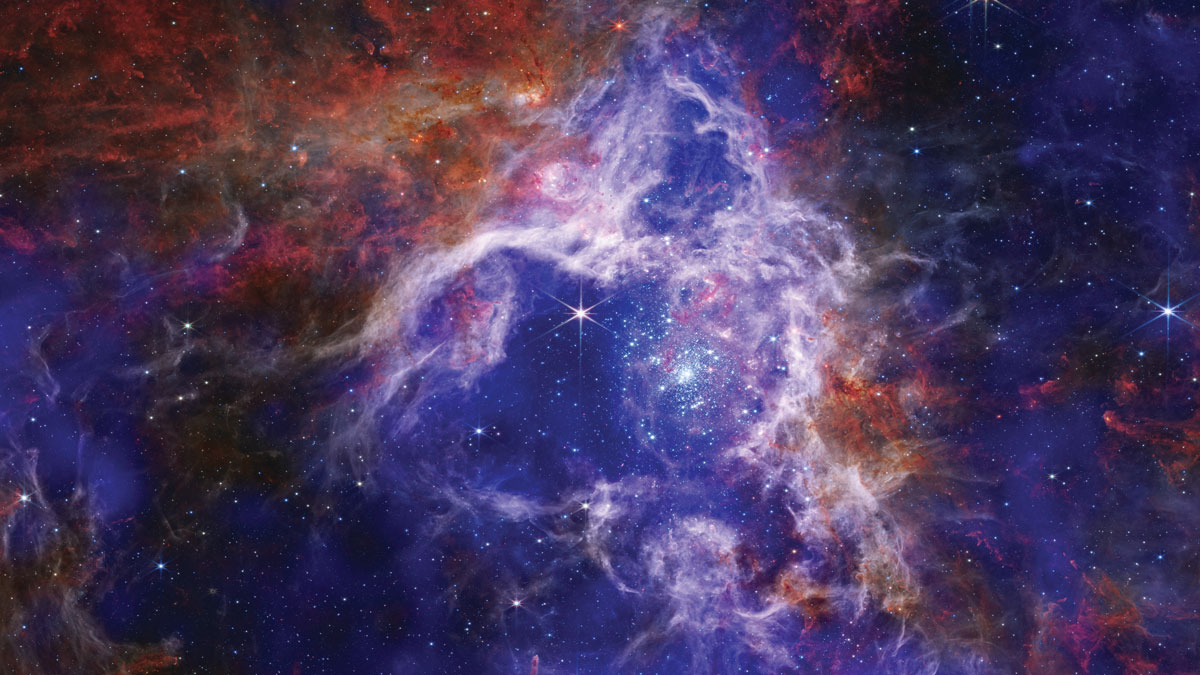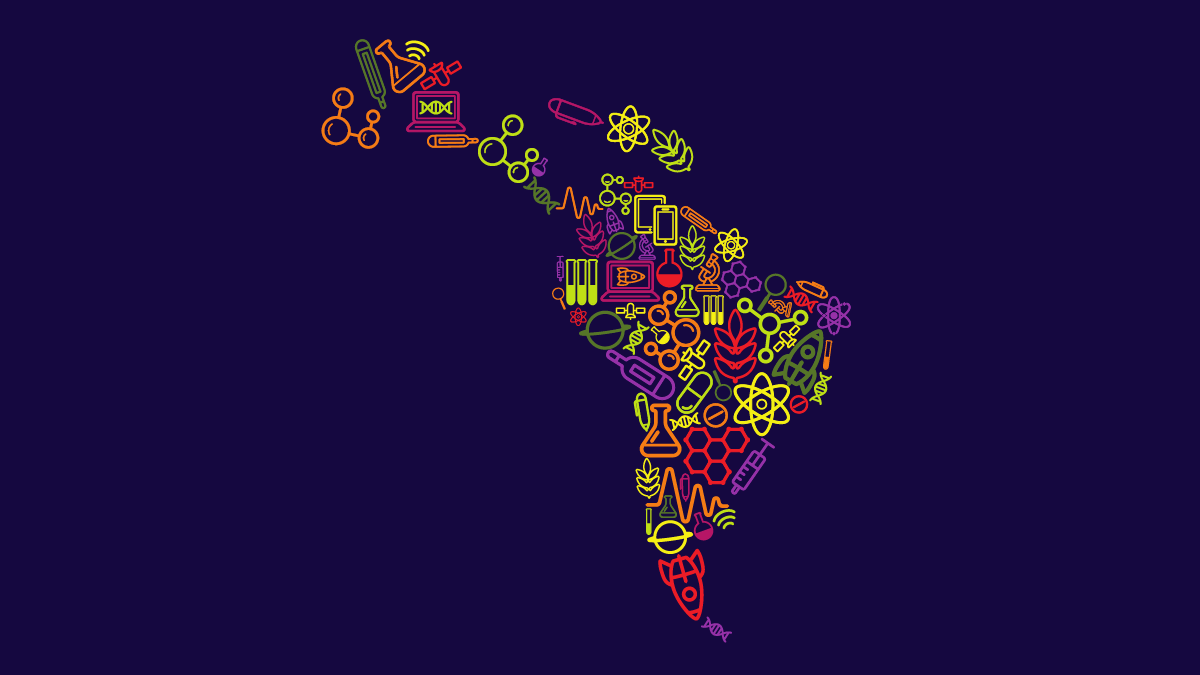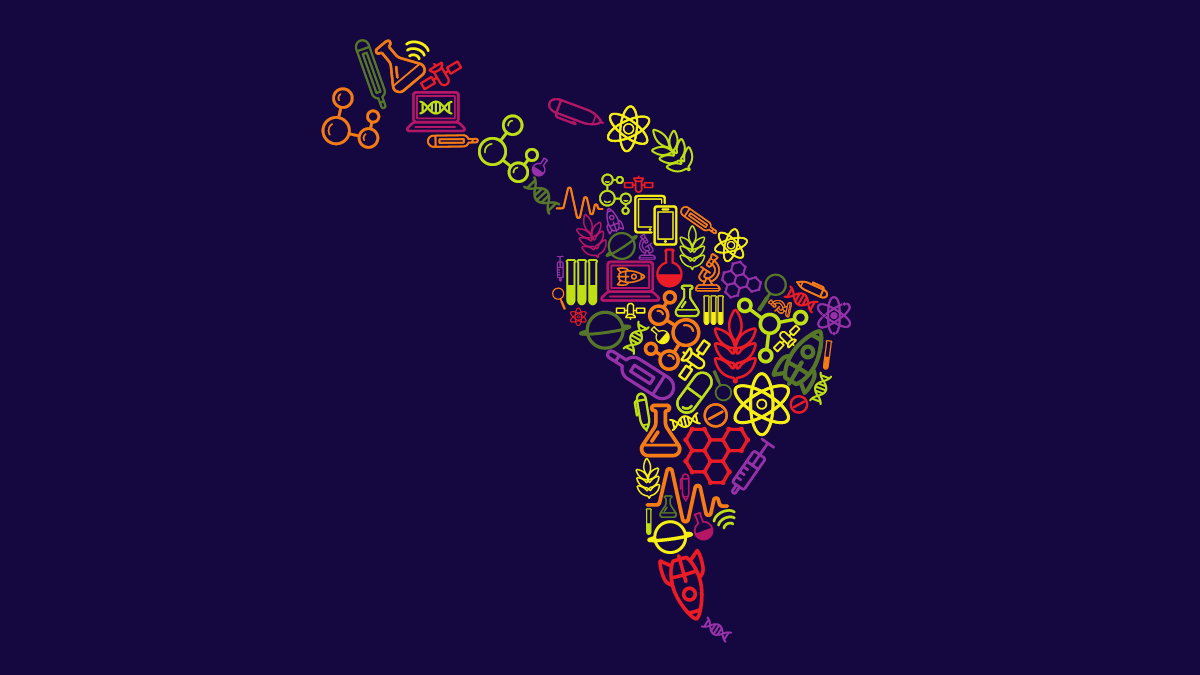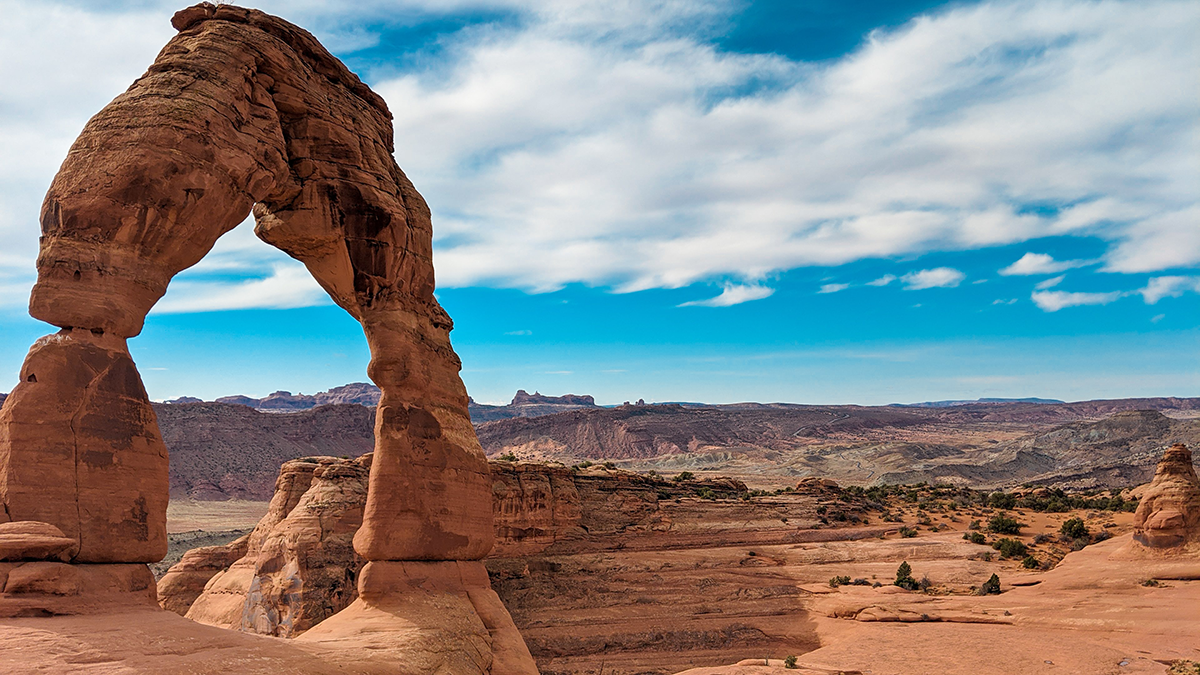إن على الجهود المبذولة لتنويع علوم الأرض أن تتطور من “التبادلية” إلى “التحويلية” بالتركيز على شمول وإنصاف الأفراد بدلا من الفوائد التي يجلبونها للمؤسسات.
academia
The Art of Scientific Curation
Scientific content curation provides users across diverse disciplines and levels of experience with a valuable means of accessing relevant and reliable information amid the growing data landscape.
Envisioning a Near-Surface Geophysics Center for Convergent Science
A recent effort identified how a proposed near-surface geophysics center integrating research and teaching could address critical challenges and promote community engagement and cultural change.
The Vanishing Scholar: Indigenous Erasure in Funding Data
Nonreporting of funding data and exclusion of communities from research harm Indigenous Peoples and contribute to their invisibility in science and society. We can and must do better.
Deluges of Data Are Changing Astronomical Science
Astronomers today are more likely than ever to access data from an archive rather than travel to a telescope—a shift that’s democratizing science.
Aumentando la visibilidad de la ciencia latinoamericana
Científicos y revistas latinoamericanas están fortaleciendo los sistemas de investigación, evaluación, publicación y comunicación para ayudar a redefinir las ideas sobre el éxito profesional, las cuales han sido determinadas principalmente por el Norte Global.
Aumentando a Visibilidade da Ciência Latino-Americana
Cientistas e periódicos latino-americanos estão fortalecendo seus sistemas de pesquisa, avaliação, publicação e comunicação para redefinir ideias de sucesso profissional ditadas pelo Norte Global.
Raising the Visibility of Latin American Science
Latin American scientists and journals are strengthening research, evaluation, publication, and communication systems to help redefine ideas of professional success that have largely been determined by the Global North.
Mentorship Builds Inclusivity and Belonging in the Geosciences
Four evidence-based approaches implemented through an innovative mentoring program have succeeded at improving retention rates of undergraduate women in the geosciences.
How Can We Sample More Ethically?
Ryan-Davis and Scalice describe a path towards sampling more ethically, going beyond legal permitting requirements to engagement of Indigenous expertise and respect of peoples’ relationship to place.










